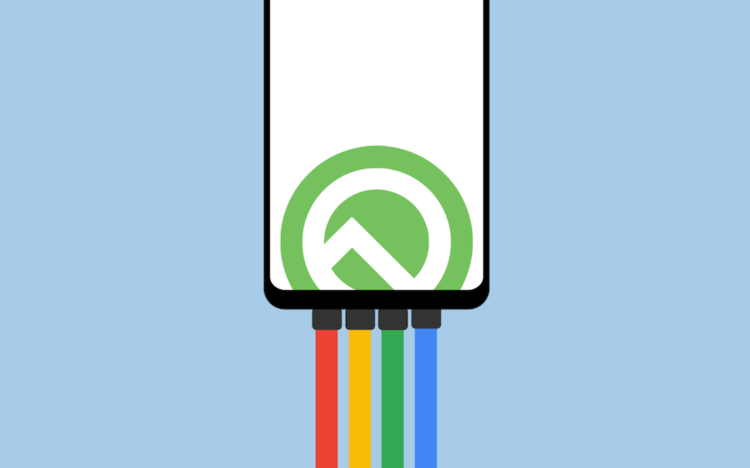Security problems, lack of quality software and interruptions in updates. These are the claims that Google mostly makes for Android. After all, despite all the advantages of the product, it is the disadvantages that are best cut into the memory. They haunt us and just make us remember them Google. Of course, the search giant, which does not tolerate compromises, realized that something needed to be changed. But if security problems largely depend on the users themselves, who download everything, and high-quality software is a very conditional concept, then you cannot argue against the presence of interruptions with updates.

Google introduced Project Mainline last year, but started developing it only this
There have always been problems with updates to Android. Even at a time when monthly security patches did not exist in principle, manufacturers were in no hurry to adapt even new OS versions for their smartphones, which were released twice a year at best. Why, no one paid them for it. Therefore, the minimum number of developers was enough to optimize and release at least one update, not to mention two. Since then, nothing has fundamentally changed, so Google decided to take on some of the responsibilities. This is how Project Mainline was born.
What is Project Mainline

Project Mainline allows updates Android regardless of manufacturers
Project Mainline is Google's new initiative to split Android into 12 independent modules. This was necessary in order for the company to be able to independently provide users Android – smartphones, regardless of the manufacturer, with the necessary updates, sending them through Google Play. It is important to understand that in this case we are not talking about security updates at all or annual iterations that contain new features. Still, the search giant obviously did not really want to do all the work for the manufacturers. We are talking about the so-called system updates of Google Play, which appeared last year and have been developed this year.
The purpose of dividing Android into modules was to be able to release updates with the most important system changes. For example, to fix critical bugs that manufacturers already refuse to fix, referring to the age of the smartphone, or add the necessary functions that work at the system level – for example, to optimize applications. Despite the promise of the idea, Project Mainline is still at the beginning of its journey, explained Dave Burke, Development Manager Android.
Google Play system updates
'In fact, there are more than 12 modules that Android consists of. We have several Wi-Fi modules, several API and telemetry modules, through which we collect the necessary information. Just for convenience, it was decided to divide them into groups. Now Android actually consists of 21 modules, but I think more important than the modules themselves was the work of isolating them. It was a very difficult job, which we, nevertheless, coped with. We just wanted to be able to update each of these groups of modules independently. But I agree that our goal has not yet been achieved and we still have a lot to do, 'Burke explained.

Modular architecture Android can be updated independently
It really wasn't without problems, confirmed Ilyan Malchev, a member of the development team Android. Despite the fact that the modules themselves are updated quite regularly, this does not mean that everything that is around these modules is also updated. Therefore, you need to be very careful when releasing an update. If something goes wrong, the entire set of software that depends on this group of modules will simply fly off, ceasing to function properly. But, on the other hand, it is much, much better than not being able to support the necessary components of the operating system, he stressed.
Obviously, the Google Play system updates through which Google is distributing changes for Android are not the limit. Now they come out irregularly and only when needed. However, if the developers of the search giant managed to create such a system in which they can release updates regardless of manufacturers, using their application store as a distribution platform, it is highly likely that in the future Project Mainline will allow full-fledged versions to be released in the same way Android.
